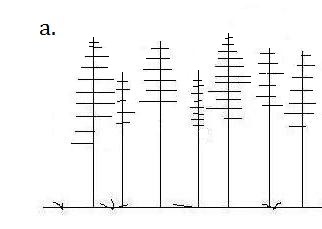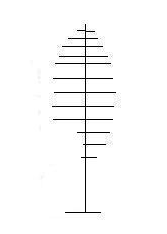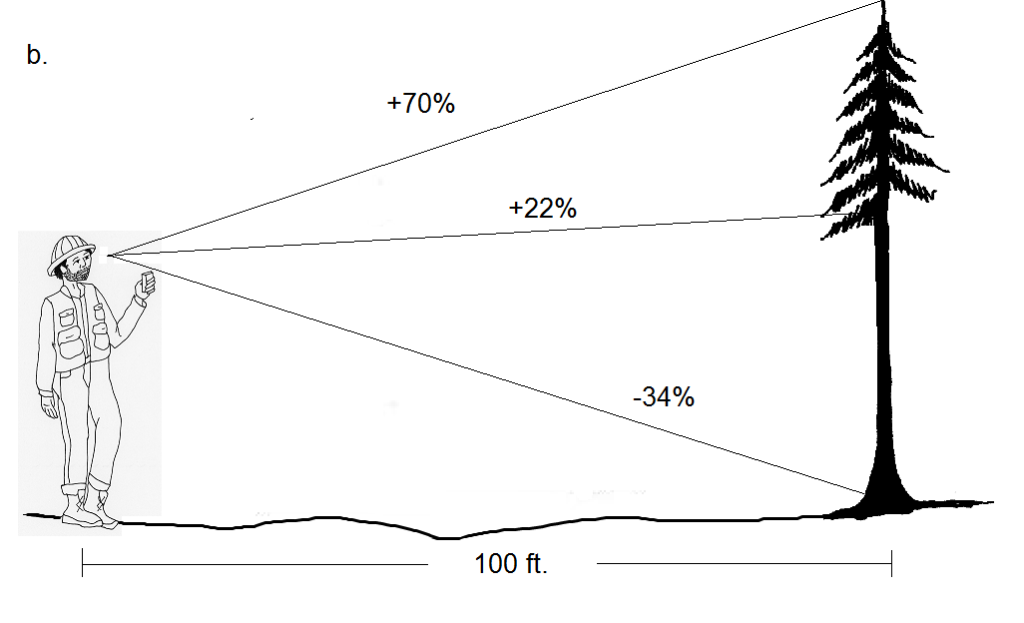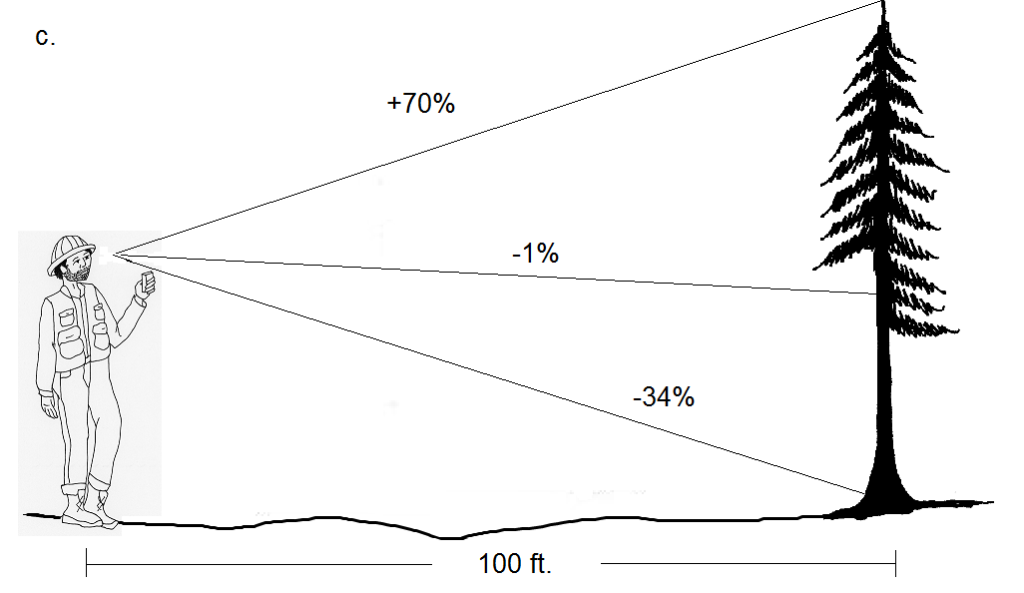5.7: Summary Questions
- Page ID
- 20273
\( \newcommand{\vecs}[1]{\overset { \scriptstyle \rightharpoonup} {\mathbf{#1}} } \) \( \newcommand{\vecd}[1]{\overset{-\!-\!\rightharpoonup}{\vphantom{a}\smash {#1}}} \)\(\newcommand{\id}{\mathrm{id}}\) \( \newcommand{\Span}{\mathrm{span}}\) \( \newcommand{\kernel}{\mathrm{null}\,}\) \( \newcommand{\range}{\mathrm{range}\,}\) \( \newcommand{\RealPart}{\mathrm{Re}}\) \( \newcommand{\ImaginaryPart}{\mathrm{Im}}\) \( \newcommand{\Argument}{\mathrm{Arg}}\) \( \newcommand{\norm}[1]{\| #1 \|}\) \( \newcommand{\inner}[2]{\langle #1, #2 \rangle}\) \( \newcommand{\Span}{\mathrm{span}}\) \(\newcommand{\id}{\mathrm{id}}\) \( \newcommand{\Span}{\mathrm{span}}\) \( \newcommand{\kernel}{\mathrm{null}\,}\) \( \newcommand{\range}{\mathrm{range}\,}\) \( \newcommand{\RealPart}{\mathrm{Re}}\) \( \newcommand{\ImaginaryPart}{\mathrm{Im}}\) \( \newcommand{\Argument}{\mathrm{Arg}}\) \( \newcommand{\norm}[1]{\| #1 \|}\) \( \newcommand{\inner}[2]{\langle #1, #2 \rangle}\) \( \newcommand{\Span}{\mathrm{span}}\)\(\newcommand{\AA}{\unicode[.8,0]{x212B}}\)
5.7 Summary Questions
1. Assign a crown class to each tree illustrated below.


2. Where on this tree should the live crown be measured?

3. Determine LCR for each tree illustrated.



- The data in Table 4-4 below are from an evenaged stand in the stem exclusion stage. They represent the average live crown ratios (LCR) of trees sampled in the stand by species. Data were collected by MHCC Forest Measurements I students in February 2010.
- Do the LCR’s reflect a stand with high or low crown competition? Explain.
- Do the LCR’s of each species seem reasonable given their shade tolerance?
- These data were gathered in February. Does the time of year pose any problems for estimating LCR on deciduous species like red alder?
- Which species would you expect to dominate this stand in the future? Why?
Answers to Summary Questions
- Trees on the ends of the illustrations are hard to determine, given that we do not know what is on the other side of them. I assume there are trees beyond what is shown, so am using crown size as a partial indicator of the amount of light they are receiving. Position in the crown is key. The following are what I would assign, but I think the starred one (*) is borderline, and could be assigned the next higher crown class.


- Since LCR is simply a ratio, any scale can be used to measure. I used the 20 scale on my triangular engineer’s ruler to obtain fairly good precision. So your values may differ, but LCR% should be similar.
Trees with slope measurements from left to right:
Tree 1: (70-14) = 70% Tree 2: (70-38) = 40% Tree 3: (70-22) = 60%
(70+10) (70+10) (70+10)
- The following answers refer to the data presented in Table 4-4.
- The bulk of the trees in this stand are Douglas-fir, with an average live crown ratio of 40%. This indicates to me a canopy experiencing high crown competition. As crown closure occurs, trees drop low branches that are being shaded (particularly shade intolerant or intermediate species like red alder and Douglas-fir). Foresters often refer to a lower limit of 30% LCR as their cut-off for vigorously growing trees. If I were managing this stand, I would seriously consider a thinning to increase light availability to the trees I wanted to maintain on the site.
- We would expect the live crown ratios to be the shortest on the shade intolerant species, and longest on the shade tolerant. Our measurements show this pattern; red alder<Douglas-fir<western hemlock. However, since only one western redcedar was measured, we don’t have a representative sample for this species.
- These trees were measured in the winter, with no leaves, and only buds to indicate where the bottom of the crown was. I would take the red alder LCR estimates with a grain of salt.
- I would expect Douglas-fir to continue to dominate in the future, followed by western hemlock. Red alder is a short-lived species, and is already subordinate in the forest.


